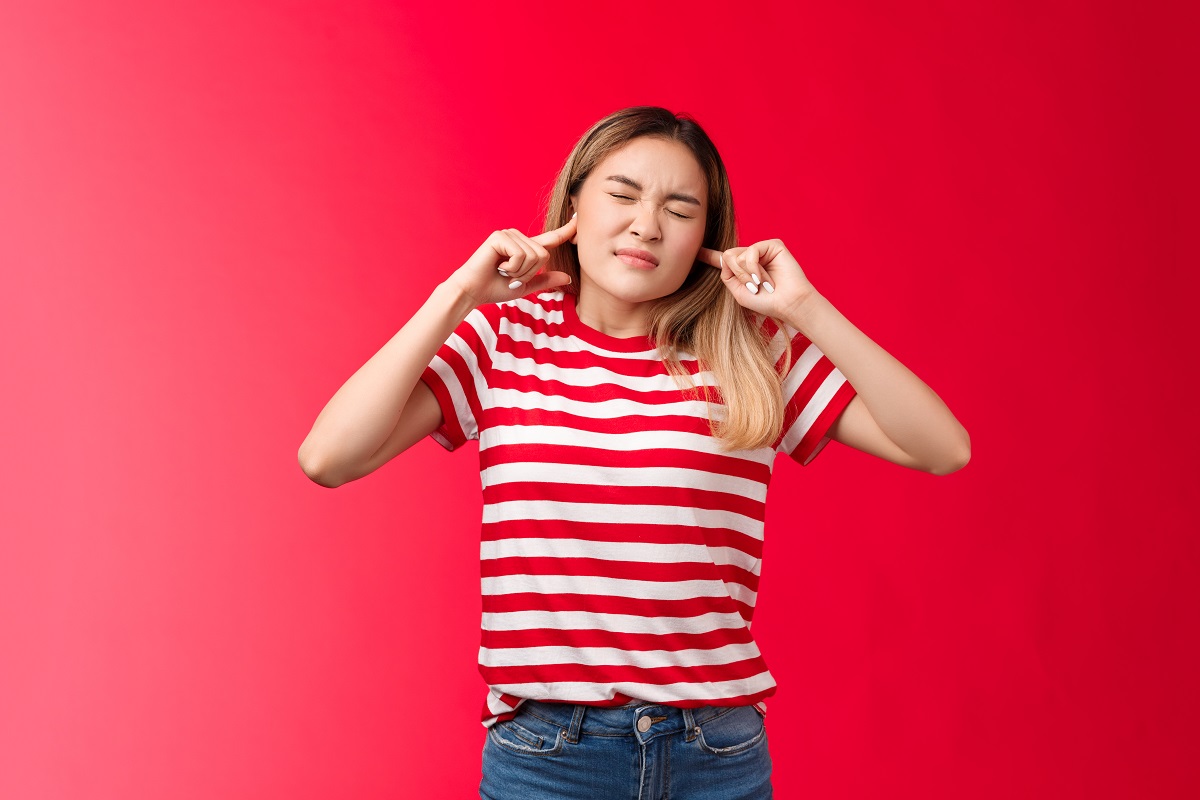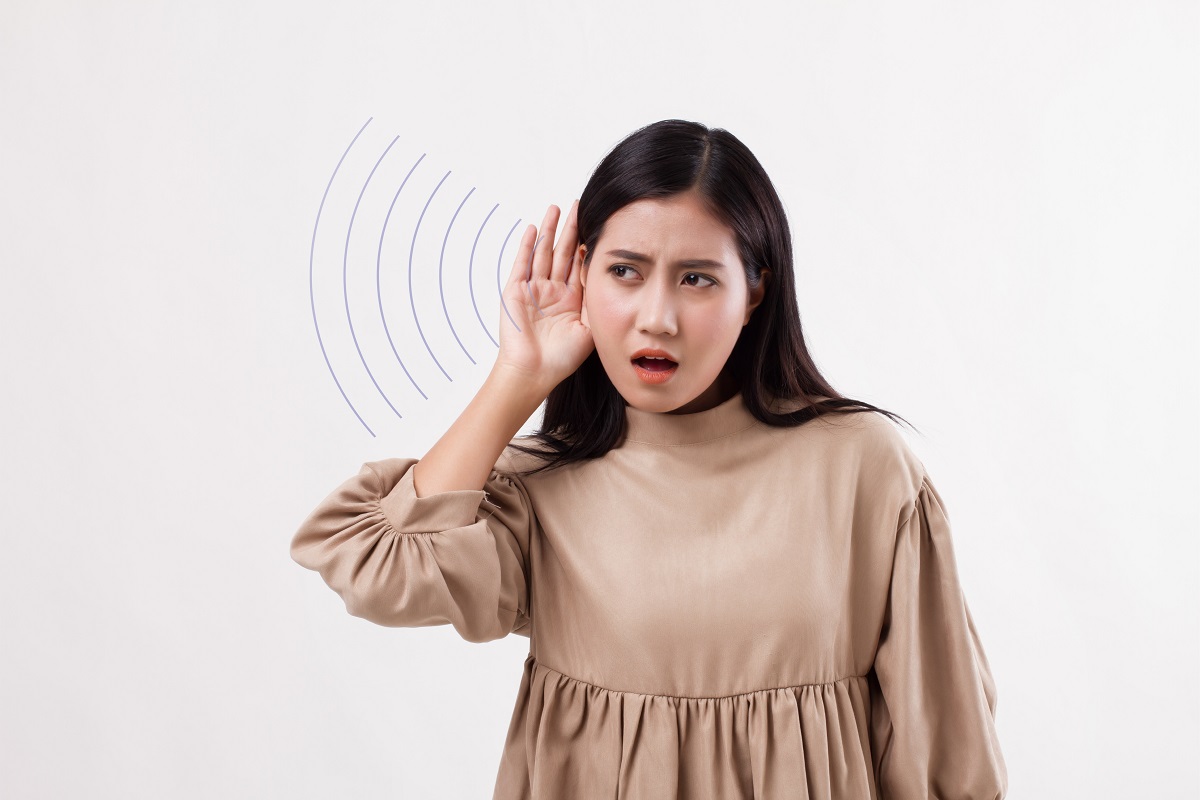
- Ear wax can cause tinnitus: Excess or impacted ear wax can block the ear canal, interfering with sound transmission and triggering ringing, buzzing, or hissing sounds.
- Tinnitus is a symptom, not a disease: It may signal underlying issues ranging from hearing loss and noise exposure to ear wax buildup.
- Symptoms of ear wax–related tinnitus: These include a feeling of fullness, muffled hearing, ear pain, dizziness, and one-sided ringing.
- Conductive tinnitus mechanism: Wax buildup alters how sound reaches the inner ear, causing the brain to amplify internal noise, leading to perceived ringing.
- Safe removal methods matter: Ear drops, gentle warm water irrigation, or professional ear cleaning are effective, while cotton swabs and ear candling can worsen the problem.
- Prevention and maintenance are key: Regular ear checks, avoiding over-cleaning, and using protective measures in noisy environments can reduce recurrence.
Have you ever experienced a persistent ringing or buzzing in your ears and wondered what’s causing it? Tinnitus is surprisingly common, and while it can stem from a variety of factors, sometimes the culprit is closer to home than you think—literally inside your ears. One of the simplest yet often overlooked causes of tinnitus is a buildup of ear wax.
Ear wax, also known as cerumen, plays an important protective role, but when it accumulates too much, it can block the ear canal and trigger that annoying ringing, buzzing, or hissing sound. In this article, we’ll dive into the science behind how ear wax can cause tinnitus, what symptoms to watch for, and safe ways to manage and prevent it.
What Exactly Is Tinnitus?
Tinnitus is the perception of sound in the ears or head when there’s no external source. People describe it differently — ringing, buzzing, hissing, clicking, or whooshing are all common experiences.
It’s not a disease itself but a symptom of an underlying issue, which could be related to hearing loss, exposure to loud noise, medications, or yes — ear wax buildup.
Tinnitus can affect one or both ears, and its severity varies widely. For some, it’s a background annoyance. For others, it can interfere with concentration, sleep, and quality of life.
Common descriptions of tinnitus sounds:
- Ringing – like a high-pitched tone
- Buzzing – similar to electricity or bees
- Hissing – like air escaping
- Clicking – intermittent tapping sounds
- Whooshing – matching your pulse or heartbeat (known as pulsatile tinnitus)
How Does Ear Wax Normally Work?

Ear wax, medically known as cerumen, is a natural substance your body produces to protect and lubricate the ear canal. It traps dust, dirt, and microorganisms, preventing them from reaching the eardrum.
Ear wax is made up of:
- Dead skin cells
- Oil and sweat from glands in the ear canal
- Dust and small debris from the environment
Normally, your ear is self-cleaning. Jaw movements from talking and chewing help push old wax outward, where it eventually flakes off. But sometimes, the process doesn’t go as planned — and that’s when problems start.
So, Can Ear Wax Cause Tinnitus?
Yes, ear wax buildup can cause tinnitus, and it’s one of the most common causes of tinnitus in one ear only when the blockage affects just one ear. When excess ear wax blocks the ear canal, it interferes with sound transmission and can create pressure changes that your brain interprets as ringing or buzzing.
Here’s what happens step-by-step:
- Ear wax accumulates in the ear canal instead of naturally clearing out.
- The buildup blocks sound waves, muffling external noises.
- The brain, trying to compensate for missing input, “turns up the volume” on internal sounds.
- The result: you start hearing ringing or buzzing that isn’t really there.
This is known as conductive tinnitus — caused by something physically blocking or changing how sound moves through your ear.
Why ear wax might be to blame:
- You use cotton swabs, which push wax deeper.
- You produce more ear wax naturally (some people do).
- You wear hearing aids or earbuds frequently.
- You have narrow or curved ear canals.
When ear wax presses against the eardrum, the delicate tissues inside the ear become irritated, and the pressure can trigger tinnitus symptoms.
What Are the Symptoms of Ear Wax–Related Tinnitus?

If your tinnitus is caused by ear wax, it’s often accompanied by other noticeable signs. Unlike tinnitus linked to nerve or brain issues, this type tends to come with physical sensations of blockage.
Watch out for these symptoms:
- A feeling of fullness or pressure in one ear
- Muffled hearing or difficulty understanding speech
- Ear pain or itchiness
- Dizziness or imbalance
- A ringing or buzzing sound that seems to come from the blocked ear
Tinnitus from ear wax is usually temporary. Once the blockage is cleared, most people notice a reduction or complete disappearance of the sound.
What Does Science Say About the Connection?
Medical research supports the link between ear wax buildup and tinnitus. Studies in otolaryngology (ear, nose, and throat medicine) have shown that impacted ear wax can alter how sound waves travel to the inner ear and distort the signals received by the brain.
This distortion can lead to:
- Misfiring of auditory nerves
- Increased brain sensitivity to internal noise
- Perceived ringing or buzzing that doesn’t exist externally
When ear wax is removed safely, tinnitus often improves. However, if tinnitus persists even after cleaning, it might point to another underlying issue like hearing loss or nerve damage.
Expert insights:
- The American Academy of Otolaryngology notes that ear wax removal is one of the simplest and most effective treatments for tinnitus caused by obstruction.
- In clinical settings, patients report immediate relief after professional ear cleaning.
- However, the procedure must be done correctly — otherwise, it can worsen the condition.
How to Know If Ear Wax Is Causing Your Tinnitus
You can’t always tell just by feeling, since tinnitus has many possible causes. But you can make a reasonable guess based on symptoms and timing.
Ask yourself:
- Did the ringing start suddenly after ear discomfort or blockage?
- Does it affect only one ear?
- Do you feel like sounds are muffled or distorted?
- Have you used cotton swabs or earplugs recently?
If you answered “yes” to several, there’s a good chance ear wax could be a contributing factor.
A quick home check (without inserting anything):
- Stand in a quiet room and gently wiggle your outer ear.
- If the sound changes or temporarily improves, wax blockage could be involved.
However, only a doctor or hearing specialist can confirm it safely with an otoscope (a tool that allows them to see inside your ear).
Safe Ways to Remove Ear Wax
If you suspect ear wax is behind your tinnitus, don’t rush to grab a cotton swab. The goal is to soften or remove wax safely, without pushing it deeper or damaging your eardrum.
Here are safe methods approved by hearing experts:
1. Use Ear Drops
Over-the-counter earwax softening drops can help loosen the buildup.
Look for ingredients like:
- Hydrogen peroxide
- Carbamide peroxide
- Glycerin
- Saline solution
Use as directed for several days, allowing the wax to naturally work its way out.
2. Try Warm Water Irrigation
After softening, gentle irrigation with warm (not hot) water can flush out debris. You can use a rubber bulb syringe — but only if you’re confident your eardrum isn’t perforated.
Tilt your head, squirt water gently into the ear canal, and let it drain.
3. Visit a Professional
If the blockage is severe or symptoms persist, an ENT doctor can:
- Remove wax using suction or micro instruments
- Inspect your ear canal for inflammation
- Rule out infection or other causes of tinnitus
Professional removal is the safest and most effective option, especially for people with recurring wax buildup.
Avoid these common mistakes:
- Don’t use cotton swabs or hairpins — they push wax deeper.
- Don’t use candling — it’s ineffective and potentially dangerous.
- Don’t use cold water or forceful sprays, which can cause dizziness or injury.
When to See a Doctor
Tinnitus caused by ear wax usually clears up once the wax is gone, but sometimes the sound persists. That could mean something more serious is going on.
Seek medical advice if:
- The ringing lasts longer than a week after wax removal
- You have pain, drainage, or bleeding from your ear
- You experience hearing loss in one or both ears
- The sound pulses with your heartbeat (pulsatile tinnitus)
- You feel dizzy or unsteady
Your doctor may refer you to an audiologist or otolaryngologist for a detailed hearing test or imaging scan.
Other Possible Causes of Tinnitus
If ear wax isn’t the culprit, tinnitus might come from:
- Noise-induced hearing loss (common in musicians or factory workers)
- Age-related hearing decline
- Ear infections or eardrum damage
- Certain medications like aspirin or antibiotics
- High blood pressure or vascular conditions
- Jaw or neck tension (TMJ disorders)
Each type has its own treatment path, so identifying the cause early is key.
How to Prevent Ear Wax Buildup (and Tinnitus)
Prevention is easier than cure. Keep your ears healthy with these simple habits:
Do’s:
- Clean only the outer ear with a damp cloth.
- Use ear drops occasionally if you’re prone to wax buildup.
- Wear ear protection in noisy environments.
- Let a professional clean your ears annually if needed.
- Stay hydrated, since dehydration can make wax harder.
Don’ts:
- Don’t insert anything smaller than your elbow into your ear (yes, that old saying is true).
- Don’t over-clean — your ears need some wax for protection.
- Don’t ignore persistent tinnitus; it’s your body’s way of signaling a problem.
Can Tinnitus From Ear Wax Come Back?
It can — especially if you’re prone to wax buildup. Some people produce more wax due to genetics, skin type, or ear canal shape. Wearing hearing aids or earbuds regularly can also trap wax, leading to repeated blockages.
To prevent recurring tinnitus:
- Schedule routine ear checks with a healthcare provider.
- Keep earbuds and hearing aids clean.
- Avoid using cotton swabs.
- Consider using softening drops once a month as maintenance.
If you notice tinnitus returning, treat it early rather than waiting for it to get worse.
Final Thoughts: The Easiest Tinnitus Fix Might Be Ear Wax
So, can ear wax cause tinnitus? Absolutely — and it’s one of the most common and treatable causes. The good news is that once the wax is removed safely, most people experience quick relief.
But it’s also a reminder that our ears are delicate, self-cleaning systems that don’t need constant interference. When in doubt, seek professional help instead of taking risks with home remedies.
In short: If your tinnitus came on suddenly, affects one ear, and feels like your hearing is muffled, ear wax might be the culprit. A quick check and gentle cleaning could be all it takes to bring silence back.

